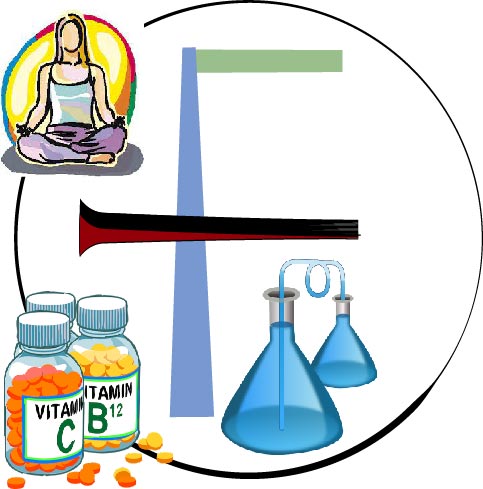In HPLC chromatography, the column is where the separation of the sample takes place. This is where the sample is passed through the stationary phase with the mobile phase, resulting in the separation of the sample components. As the sample being analyzed is likely to vary in terms of its chemical and physical properties, therefore so should the method used to analyze it. Hence why there are multiple types of columns. This also goes for the stationary and mobile phases being used.
As columns are so important to the chromatography process, it’s important you use the right type of column for the correct use, otherwise, it can lead to inaccurate results or even failed separation.
Four Types of HPLC Columns:
Normal Phase Column
Reverse Phase Column
lon-exchange Column
Size Exclusion Column
Normal Phase Column
The normal phase column is packed with extra molar material than the mobile In normal phase columns, the mobile
phase should be methanol, ethanol, acetone, acetonitrile, chloroform, etc. The use of water as a mobile phase is not recommended in normal phase columns because water has a higher polarity in nature. through the column and get in interacts with the high polar stationary phase, thus good separation happened. Such columns are very popular in pharmaceutical product testing. Columns containing silica are very efficient for separating non-polar and moderately polar isometric compounds.
Reverse Phase Column
In reverse phase columns as its name states, it is the reverse of the normal phase columns. It has a non-polar or more polar mobile phase. Bonded hydrocarbons like C8 and C18 and other non-polar hydrocarbons are used as stationary phase in reverse phase columns while aqueous organic solution like water-methanol or water-acetonitrile mixture is used as mobile phase.
Separation of sample components in reverse phase columns also occurs on the basis of the polarity of the sample
components but it happens just opposite of the normal phase HPLC columns, therefore, this type of chromatography is
known as
lon exchange HPLC columns
lon exchange HPLC columns have charged packing. An ion-exchange column can be either cationic or anionic. This type of HPLC column separates polar molecules based on their charge. The mobile phase is an aqueous buffer. lon exchange HPLC columns can be used to separate many types of analytes and are commonly used for the separations of carbohydrates, amino acids, and proteins.
lon exchange and ligand exchange chromatography may be combined in a column. In these combined-mode columns, ion exchange is usually via metal ions, and the ligands are electron-donor molecules such as hydroxyl groups or
amines. This type of HPLC column is frequently used for the separation of monosaccharides.
Size Exclusion Columns
Size exclusion chromatography separates the sample using particle size. It uses a porous stationary phase that only allows small particles into the pores, leaving the larger molecules to pass through the column faster. The pore size in the stationary phase determines the retention time and elution profile of each sample Component, as each molecule diffuses into the pores to a different extent.
The stationary phase needs to have porous particles for size exclusion chromatography so molecular sieves (such as zeolites), polysaccharides, and polymers (like a typical silica column) are most commonly used. This technique is used to separate proteins and carbohydrates.
What is the pore size in the HPLC column?
HPLC columns have different pore sizes. The pore size is used according to the molecule size of the substance to be analyzed on the column. The small molecule size substances are analyzed on 8-12 nm pore size columns.
